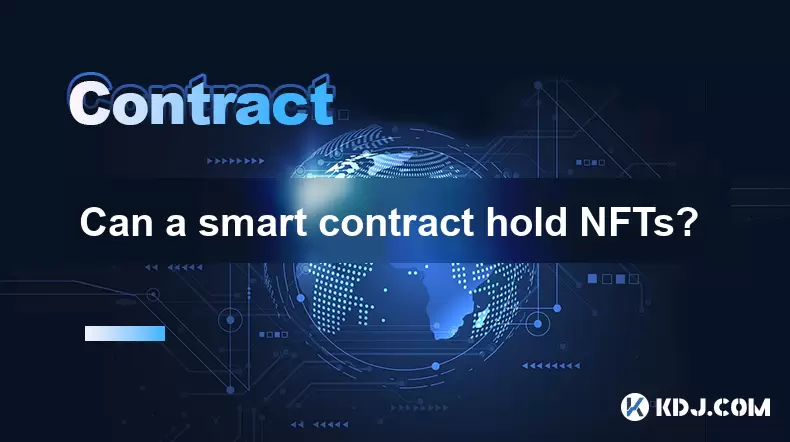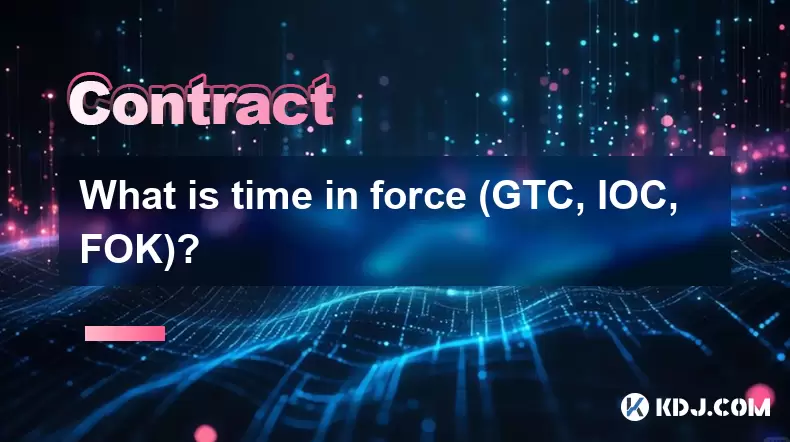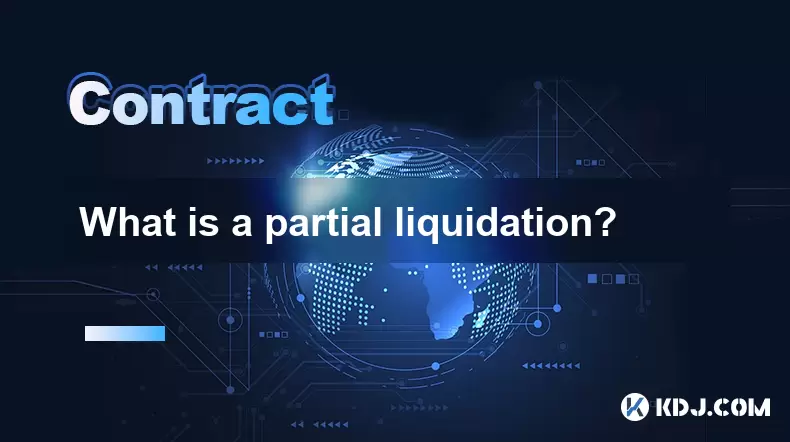-
 Bitcoin
Bitcoin $118000
0.31% -
 Ethereum
Ethereum $3560
-0.99% -
 XRP
XRP $3.435
-0.76% -
 Tether USDt
Tether USDt $1.000
-0.01% -
 BNB
BNB $731.8
-0.96% -
 Solana
Solana $177.3
-0.64% -
 USDC
USDC $0.9999
-0.04% -
 Dogecoin
Dogecoin $0.2419
2.59% -
 TRON
TRON $0.3205
-1.58% -
 Cardano
Cardano $0.8278
0.18% -
 Hyperliquid
Hyperliquid $44.64
0.22% -
 Stellar
Stellar $0.4648
-1.54% -
 Sui
Sui $3.794
-2.00% -
 Chainlink
Chainlink $18.31
2.04% -
 Hedera
Hedera $0.2672
-0.49% -
 Avalanche
Avalanche $24.26
1.57% -
 Bitcoin Cash
Bitcoin Cash $506.9
-1.63% -
 Shiba Inu
Shiba Inu $0.00001474
-0.40% -
 UNUS SED LEO
UNUS SED LEO $8.991
0.23% -
 Litecoin
Litecoin $103.8
0.28% -
 Toncoin
Toncoin $3.183
-2.68% -
 Polkadot
Polkadot $4.298
-0.09% -
 Uniswap
Uniswap $10.08
-1.02% -
 Monero
Monero $325.5
0.60% -
 Ethena USDe
Ethena USDe $1.001
-0.01% -
 Bitget Token
Bitget Token $4.886
-1.39% -
 Pepe
Pepe $0.00001311
-1.56% -
 Dai
Dai $1.000
0.01% -
 Aave
Aave $316.5
-1.08% -
 Cronos
Cronos $0.1219
0.89%
Can a smart contract hold NFTs?
Smart contracts can hold NFTs by implementing token standards like ERC-721 or ERC-1155, enabling secure transfers and storage through approval mechanisms and proper coding.
Jul 12, 2025 at 01:56 am

Understanding Smart Contracts and NFTs
A smart contract is a self-executing contract with the terms of the agreement directly written into code. These contracts automatically execute actions when predefined conditions are met, eliminating the need for intermediaries. On the other hand, NFTs (Non-Fungible Tokens) are unique digital assets that represent ownership of specific items or content on the blockchain.
The integration of NFTs within smart contracts has become increasingly common in decentralized applications (dApps), especially in gaming, DeFi, and digital collectibles platforms. However, the question remains: can a smart contract hold NFTs? The short answer is yes, but several technical and operational considerations must be understood to fully grasp how this works.
How Smart Contracts Interact with NFTs
Smart contracts can interact with NFTs by acting as custodians or facilitators of transfers. When an NFT is minted, it typically resides in a wallet address. A smart contract can be programmed to receive, store, or transfer NFTs based on certain logic.
To allow a smart contract to hold NFTs, it must implement or interface with standard token protocols like ERC-721 (used for most NFTs) or ERC-1155 (which supports both fungible and non-fungible tokens). These standards define functions such as safeTransferFrom, which allows approved addresses — including smart contracts — to move NFTs.
For example, if you want to create a staking platform where users deposit NFTs to earn rewards, the smart contract governing the staking pool must be able to receive and temporarily hold those NFTs until they're withdrawn.
Technical Requirements for a Smart Contract to Hold NFTs
In order for a smart contract to hold NFTs, the following conditions must be met:
- Approval Mechanism: The user must approve the smart contract to act on their behalf. This is usually done via a function like
setApprovalForAllin ERC-721 orsetApprovalForAllin ERC-1155. - Receiving Functionality: The smart contract must have a function to receive NFTs. In ERC-721, this involves implementing the
onERC721Receivedfunction; in ERC-1155, theonERC1155Receivedfunction is used. - Storage Logic: Once received, the smart contract needs to store information about which NFTs it holds and associate them with the correct user accounts.
- Security Measures: Since smart contracts holding NFTs can become targets for exploits, thorough testing and audits are essential.
Failure to implement these elements correctly may result in lost or inaccessible NFTs.
Use Cases Where Smart Contracts Hold NFTs
Several real-world applications rely on smart contracts holding NFTs:
- NFT Staking Platforms: Users deposit NFTs into a contract to earn yield or governance rights.
- Decentralized Marketplaces: Buyers and sellers use smart contracts to escrow NFTs during trades.
- Yield Farming with NFTs: Some DeFi protocols allow NFT holders to lock up their tokens to earn interest or participate in liquidity pools.
- GameFi Projects: Players deposit character skins or in-game items (as NFTs) into contracts to access special features or tournaments.
Each of these scenarios requires the smart contract to securely receive, store, and return NFTs upon request.
Step-by-Step Guide to Implementing NFT Holding in a Smart Contract
Below is a simplified guide to enabling a smart contract to hold NFTs using the ERC-721 standard:
- Define Interfaces: Import the IERC721 interface to interact with external NFT contracts.
- Implement Receiving Hook: Add the
onERC721Receivedfunction to ensure the contract can accept NFTs. - Create Deposit Function: Write a function that calls
safeTransferFromfrom the user’s wallet to the contract address. - Track Ownership Internally: Maintain a mapping between user addresses and the NFTs they deposited.
- Add Withdrawal Function: Allow users to retrieve their NFTs by calling
transferFromfrom the contract back to their wallet. - Test Thoroughly: Use tools like Hardhat or Truffle to simulate deposits and withdrawals before deployment.
This setup ensures that the contract can safely hold and manage NFTs without exposing funds to unnecessary risk.
Frequently Asked Questions
Q: Can any smart contract hold NFTs?
A: Not all smart contracts can hold NFTs. Only those designed with the appropriate receiving and storage logic, such as implementing onERC721Received, can do so.
Q: What happens if a user sends an NFT to a contract that isn’t set up to receive it?
A: If a contract lacks the required receiving function, the NFT transfer will fail, or worse, the NFT could become permanently stuck in the contract.
Q: Are there security risks involved in letting smart contracts hold NFTs?
A: Yes. Vulnerabilities in the contract's code can lead to theft or loss of NFTs. It’s crucial to audit and test the contract thoroughly before deploying it with real assets.
Q: How can I check if a contract is capable of holding NFTs?
A: You can review its source code on platforms like Etherscan to see if it implements the necessary interfaces and functions for handling NFTs.
Disclaimer:info@kdj.com
The information provided is not trading advice. kdj.com does not assume any responsibility for any investments made based on the information provided in this article. Cryptocurrencies are highly volatile and it is highly recommended that you invest with caution after thorough research!
If you believe that the content used on this website infringes your copyright, please contact us immediately (info@kdj.com) and we will delete it promptly.
- Meme Coins Mania: Presales and Charts Spiking in 2025
- 2025-07-20 02:30:11
- Rick Harrison, the Titanic Coin, and a Deal That Sank
- 2025-07-20 02:30:11
- American Eagle Palladium Coin Set for September 4 Release: What to Expect
- 2025-07-20 00:35:12
- FloppyPepe: Could This Meme Coin Be Your Ticket to Crypto Millionaire Status with a 15,800% ROI?
- 2025-07-20 00:50:12
- Ethereum's 2025 ATH: Could These 20x Tokens Be Your Golden Ticket?
- 2025-07-20 00:35:12
- Solana, Altcoin Bets, and the Next Big Thing: What's the Play?
- 2025-07-20 01:15:12
Related knowledge

What is a maker vs a taker fee?
Jul 19,2025 at 01:14am
Understanding the Basics of Cryptocurrency Exchange FeesIn the world of cryptocurrency trading, maker vs taker fees are a fundamental concept that eve...

How to analyze Bitcoin futures data from CME?
Jul 19,2025 at 05:22pm
Understanding Bitcoin Futures on CMEBitcoin futures on the CME Group (Chicago Mercantile Exchange) represent a regulated financial instrument that all...

How to understand the liquidation price?
Jul 19,2025 at 10:00pm
What Is a Liquidation Price in Cryptocurrency Trading?In the realm of cryptocurrency futures and margin trading, the liquidation price refers to the s...

What is time in force (GTC, IOC, FOK)?
Jul 19,2025 at 08:57am
Understanding Time in Force in Cryptocurrency TradingIn the world of cryptocurrency trading, the Time in Force (TIF) is a crucial parameter that deter...

What is a partial liquidation?
Jul 19,2025 at 01:49am
Understanding the Basics of Partial LiquidationIn the world of cryptocurrency trading, especially within leveraged positions, partial liquidation refe...

How to find good entry and exit points for Bitcoin futures?
Jul 19,2025 at 05:14pm
Understanding Bitcoin Futures and Their Unique CharacteristicsBitcoin futures are derivative contracts that allow traders to speculate on the future p...

What is a maker vs a taker fee?
Jul 19,2025 at 01:14am
Understanding the Basics of Cryptocurrency Exchange FeesIn the world of cryptocurrency trading, maker vs taker fees are a fundamental concept that eve...

How to analyze Bitcoin futures data from CME?
Jul 19,2025 at 05:22pm
Understanding Bitcoin Futures on CMEBitcoin futures on the CME Group (Chicago Mercantile Exchange) represent a regulated financial instrument that all...

How to understand the liquidation price?
Jul 19,2025 at 10:00pm
What Is a Liquidation Price in Cryptocurrency Trading?In the realm of cryptocurrency futures and margin trading, the liquidation price refers to the s...

What is time in force (GTC, IOC, FOK)?
Jul 19,2025 at 08:57am
Understanding Time in Force in Cryptocurrency TradingIn the world of cryptocurrency trading, the Time in Force (TIF) is a crucial parameter that deter...

What is a partial liquidation?
Jul 19,2025 at 01:49am
Understanding the Basics of Partial LiquidationIn the world of cryptocurrency trading, especially within leveraged positions, partial liquidation refe...

How to find good entry and exit points for Bitcoin futures?
Jul 19,2025 at 05:14pm
Understanding Bitcoin Futures and Their Unique CharacteristicsBitcoin futures are derivative contracts that allow traders to speculate on the future p...
See all articles

























































































